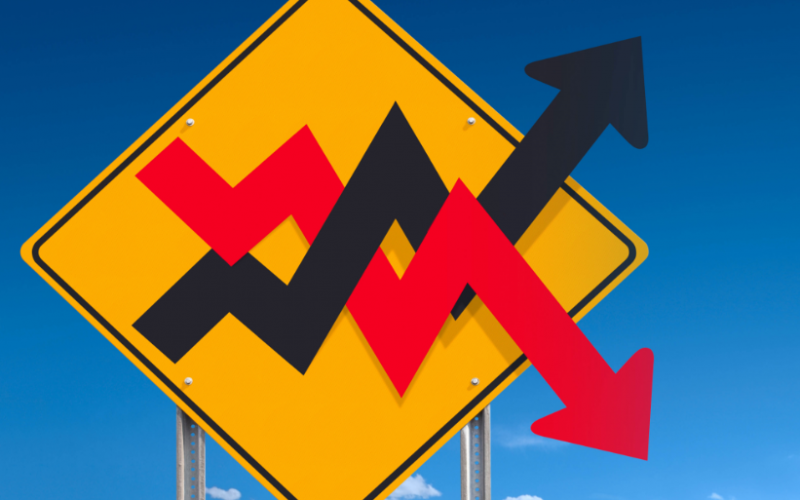by Erik L. Knutzen, CFA, CAIA, Chief Investment Officer—Multi-Asset Class, Neuberger Berman
Inflation is like kryptonite for bonds. That is Fixed Income 101.
And yet, since U.S. Treasury yields peaked at the end of March, we have seen year-over-year headline U.S. inflation hit 4.2% in April, 5.0% in May and 5.4% in June—while the 10-year yield dropped to 1.3%. Breakeven inflation rates—the difference between nominal and inflation-protected bond yields, which act as a proxy for inflation expectations—have also declined.
Is the economy roaring, as the data suggests, making the case for risky assets? Or is a slowdown coming, as yields suggest, making the case for Treasuries?
Inflation Signals
It is worth dwelling for a moment on how hot the inflation signals are right now.
The argument that current high inflation is due to last year’s low base appears to be taking a beating. Prices rose 0.9% between May and June, the fastest month-over-month gain since 2008. The argument that it is mostly about recovering energy prices seems unpersuasive, too, given that core CPI, which excludes volatile oil prices, is up 4.5%.
One can point to evidence that pandemic-recovery inflation is the hottest—used car prices are up 10.5%, year-over-year—but those “transitory” effects are proving more persistent than expected. The consensus forecasts of surveyed economists are rising not only for this year, but for next year, too. Meanwhile U.S. producer prices, which can often lead broader inflation, are also rising well ahead of expectations, at 7.3% year-over-year.
It’s not only Treasuries that are responding counterintuitively to these data.
The recovery-and-reflation trades that characterized equity markets between November and March have stalled or reversed. Value stocks, cyclical stocks, travel and leisure stocks, banks, small caps—few enjoyed a good second quarter, despite generally strong revenue and earnings reports. The U.S. dollar has found some strength. Even the rising gold price appears to be more about falling yields than rising inflation concerns.
Second Thoughts
One explanation is that the majority of investors think inflation will prove persistent, and are already pricing for tighter financial conditions as central banks are forced to taper their asset purchases and raise interest rates earlier than anticipated. They may also have their eye on the negative fiscal impulse that is due around mid-2022, and possibly even a return to secular stagnation.
Another explanation is the technical one: Investors simply became overstretched in their short-duration, long-reflation and recovery positions, and the mildly hawkish turn in Federal Reserve rhetoric in June was enough to turn their second thoughts into third and fourth ones.
We think it’s a bit of both, and that it signals what we already characterized as the return of two-way markets.
Yes, growth and inflation are likely to decline from the current levels next year. Yes, positioning in growth-and-reflation trades was getting crowded in March. But if markets got ahead of themselves back then, they may well have overdone the correction since.
Upside in the Recovery Trade
As my colleague Raheel Siddiqui and I outlined in the recent Asset Allocation Committee Outlook and webinar, our prevailing view anticipates a moderate resumption of the cyclical rally, once market participants digest the Fed’s message that they needn’t fear either runaway inflation or premature tightening.
In that Outlook, we overlaid the outperformance of cyclical over defensive stocks during the recovery from the 2008 – 09 financial crisis and the ongoing recovery from the coronavirus crisis—and we see the first 15 months of both periods as a very close fit.
What happened next, 11 years ago? A few months of volatile back-and-forth, before cyclical stocks embarked on a final, seven-month period of outperformance.
The past is no guarantee of future results. But our highest-conviction view is that the next few months are likely to be volatile, and our next highest-conviction view is that there is still upside in the recovery-and-reflation trade. A fiercely debating market may take some time to find its new equilibrium—but in our view, that could create opportunities to add to recovery- and reflation-sensitive assets.















